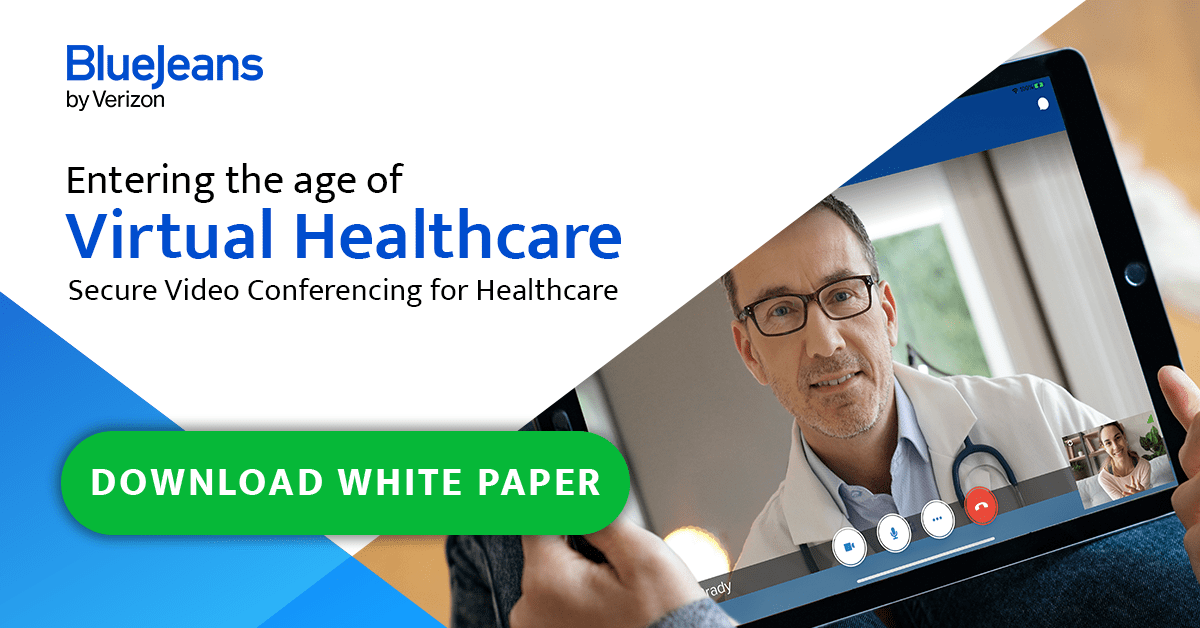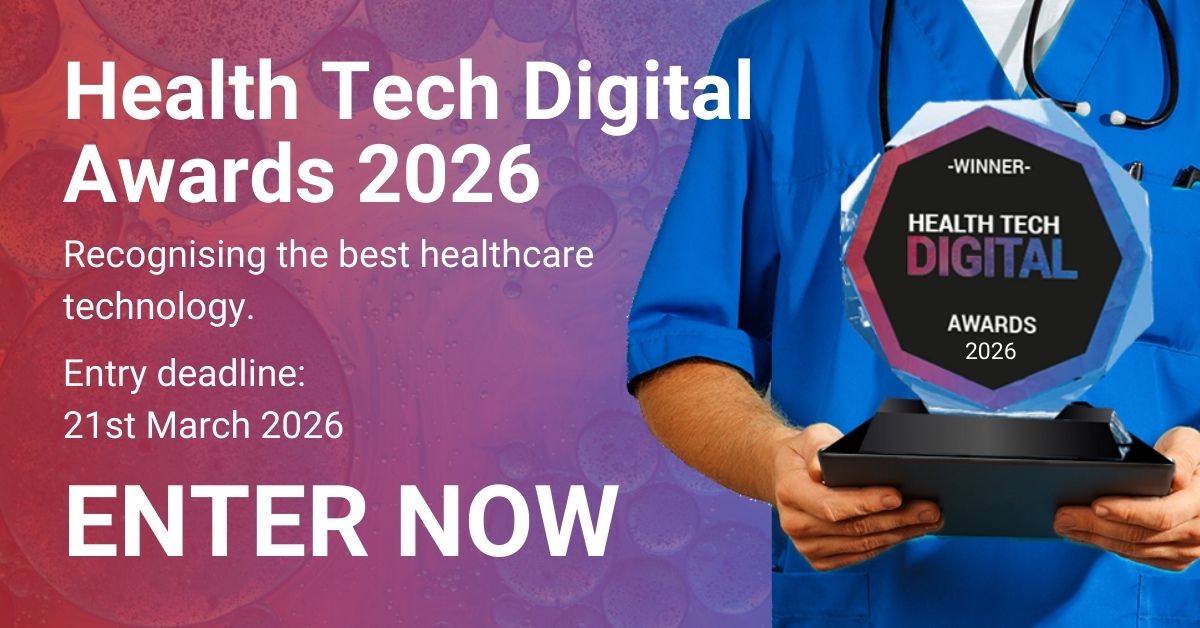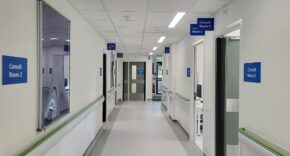Across the healthcare sector, technological advancement and changes are being put in place almost overnight due to the outbreak of the novel coronavirus pandemic. Throughout this pandemic, protocols are being adapted for front-line nurses and doctors. New, innovative ways are also being explored to treat and care for sick patients and also find ways to connect patients with doctors all whilst adhering to social distancing measures.
Video conferencing for virtual clinics and GP video consultations
One of the most significant areas where technology has advanced during COVID-19 is Virtual Clinics and GP Video Consultations, made available via video conferencing software for both patients and providers. Medical personnel need a quick and secure solution to communicate with each other, treat patients, and consult with other professionals without the threat of cross-contamination between patient and clinician.
Video conferencing has advanced at a rapid rate since the beginning of the outbreak. There remains a serious concern that sick people will flood doctors’ offices and hospitals potentially exposing healthy people to the virus. It is important to find ways for doctors and nurses to screen, consult and treat patients without physically seeing them, especially if they themselves come into contact with the virus and were self-isolating at home. This is where video consultations become the best option.
The security and privacy factor
As video conferencing becomes the norm, everyone who uses this method is responsible for ensuring the security of streaming and video data. It has been incredible how fast remote patient monitoring and telehealth rollouts have taken place since the beginning of the pandemic. Practices and hospitals that have never used virtual-care tools before, are starting to adapt and learn how to integrate them in a short amount of time. And those who were using this technology before the pandemic saw massive increases in virtual clinics and GP video consultations.
While Telehealth is relatively simple to implement, maintaining and keeping the enormous amounts of data secure is a challenge. There are many cybersecurity implications making it ever more important to select a vendor that at minimum, delivers secure meetings through encryption using standards-based protocols, security through authentication and role-based authorization, and follows GDPR regulations.
Once a solution is in place, providers need to educate the doctors and nurses how to use the system and how, when and why to send out credentials. Patients also need to be educated about security risks and how to ensure their own health data is safe when they are connected to their WIFI networks at home.
BlueJeans by Verizon – a commitment to video innovation
BlueJeans, specialists in video conferencing technologies, are transforming collaboration and connectivity within healthcare. Bringing video, audio and web conferencing together with the collaboration tools people use every day, their solution helps build the capacity to network in more efficient ways with colleagues, and facilitate best practice learnings for a deeper understanding of the patient journey.
BlueJeans possesses a wealth of experience working in partnership with healthcare software developers, creating solutions that deliver immediate benefits. With their smart video technology, patients’ medical information need never get left behind. And with integrations to systems like Epic, BlueJeans brings a technical breakthrough to healthcare, linking electronic health record systems, providing clinicians with safer, more effective and quicker care. This technology not only boosts productivity, it saves time, reduces delays and duplication and enhances patient outcomes.
The connected future of healthcare
Since the outbreak of COVID-19, the need for video conferencing technology in the healthcare sector has grown rapidly. The coronavirus pandemic has tested public health systems around the world and has fast tracked the introduction of video consultations and virtual clinics to healthcare professionals and patients.
This technology is being put into place as a matter of urgency, but in many cases will remain in place and relevant for the long-term. Not only will the technology be used when handling any future pandemics, but telehealth will still be used to change the way routine healthcare scenarios are addressed. Telehealth could have a huge impact on when and how patients communicate with doctors. Video conferencing will forever change the way the healthcare sector operates.
To read our full white paper entitled: “Entering the age of virtual healthcare: Video conferencing for virtual clinics and GP video consultations” click HERE.












